Sword of the Stars: Ultimate Collection
Space exploration has always been a hot topic for games, and that's unlikely to ever falter. Kerberos Productions have also looked to the stars for their empire building game, with a focus on exploring, expanding, exploiting and exterminating. In a way, this game checks out on all accounts, but unfortunately it fails to produce all the parts that make the genre so addicting.
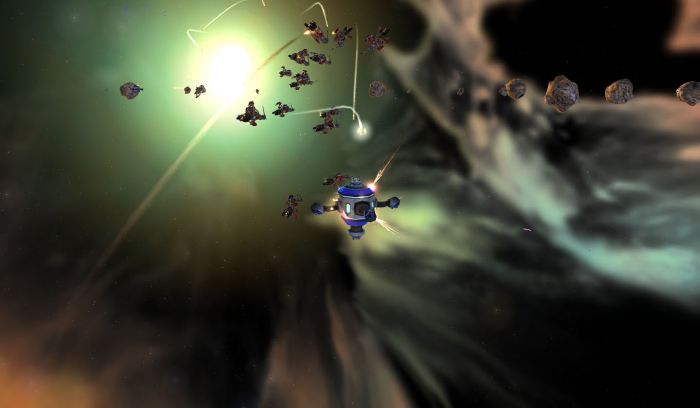
Firstly, it is important that newcomers to the game will be experiencing all three games at once, and as such won't notice the additions that Kerberos brought with their expansions. The game begins with an eerie cut-scene that is the introduction video for A Murder of Crows, the second expansion pack for the game. The video does a good job for introducing the storyline and sounds epic enough - except none of that feel is translated into the game. The main menu opens and you have the basic options available to you. Should you be eager to jump into a deep campaign mode, don't bother. Unfortunately, the promise of an epic battle seems nothing short of superficial.
For a single player mode, you have eleven scenarios to complete or a custom match. Many of the best in the genre have no storyline mode at all, with a focus on scenarios instead. It is, therefore, hard to dismiss Sword of the Stars for this reason since so few play empire-building games for the story - it's just a little disheartening to have the promise of an epic tale with nothing even hinted at.
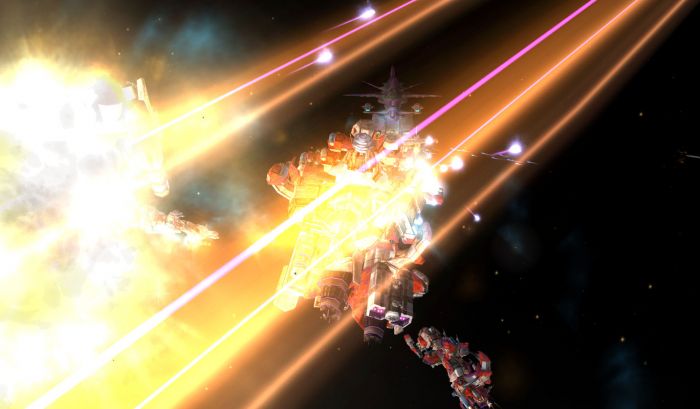
Scenario-specific settings aside, the game features six playable races, each with a variety of unique technologies and ship design. What is unique to this game, and a nice feature, is the fact that each faction has its own faster-than-light (FTL) drive, which affects how your chosen faction navigates deep space. As an example, Human ships use an FTL drive that uses natural ‘nodespace' between planets. This means they can only efficiently travel between planets using this nodespace, otherwise having to make use of slower-than-light travel methods. Hivers, however, travel slowly between planets but, upon arrival, build gates which allow (limted) instant travel between these gates. It's a nice feature that means your choice of faction does affect how you choose to play.
Typically, the gameplay is separated into two modes; the turn-based strategy mode and the real-time battle mode. Strategy mode focuses on the universe map which is a plethora of brightly coloured dots for you to spread out towards and explore. These coloured dots represent planets and it isn't until you explore them that you know what bounties (if any) they contain. On this screen you have access to all strategic activities; moving and building ships, changing planetary options, research and designing ships. This is where the majority of your gameplay will take place.
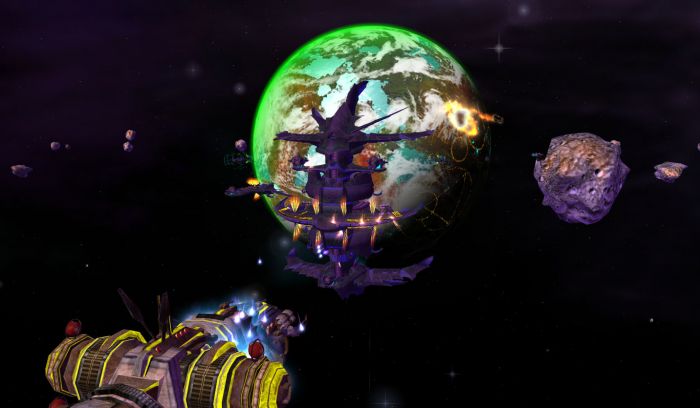
Tackling everything on a 3D plane can be a problem, as is usually the case with space games. Initially this proves no problem, as the limited number of planets and ships available to you mean you won't need to navigate it very much. However, once you've expanded even a little bit, it can get quite tiresome navigating a large 3D dot-to-dot. Your ships method of travel is from planet to planet, which should negate any problems with directing your fleets with where to go - except it's impossibly hard to tell how far one planet is away from another. This, coupled with the fact your ships will often choose the most bizarre, longest route possible with no other alternative, can provide quite a frustrating experience. It is tedious that in a genre where tactical decisions such as where to place your units are important, that it's so difficult to manage.
In fact, this seems to be the general consensus for the whole game. For a game that is touted as being made simplified, a lot of design decisions seem to infuriate or hinder the process. The research screen, for example, is nothing more than a tech-based tree; researching one thing will unlock another. Yet it's provided in cylindrical form, with the player controlling a camera in the centre, panning and scrolling to view certain aspects of the tree. It seems unnecessary, since tech-trees have been seen in many games before and worked every time on a 2D plane - it makes you wonder why Kerberos decided on such implementation.
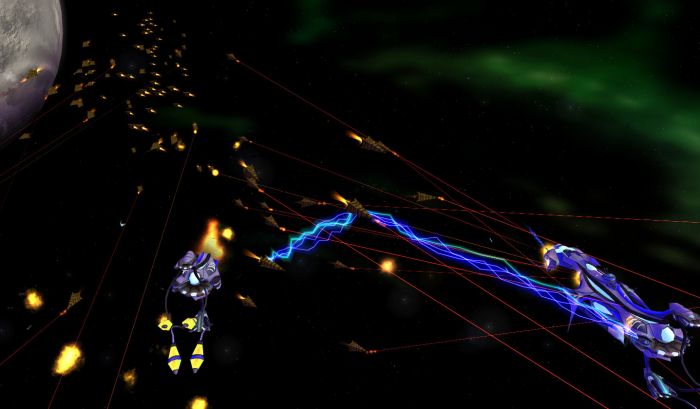
One of the things that makes such games entertaining is the resource and empire management. Keeping your civilians happy by building certain structures or seeking out a planet rich in a particular resource that would allow for new ships to be built, or increase your empires productivity. None of this is apparent in Sword of the Stars. Once you colonise a planet the only thing you can build is more ships. You can adjust a few sliders which tell that planet how much of a focus on trade or construction there should be, as well as how much should be used in terraforming or the building of infrastructure, but what these do seem minute differences at best. It's a shame, because building up powerful colonies seems like a ripe option for such a game. As for resources, your starting planet will provide you with such a steady flow of hundreds of thousands of currency that you should have no problem building an armada of ships without ever worrying about money.
Then there is design mode, which allows a player to edit and customise a selection of stock ships, or design their own. This isn't as exciting as it sounds, since it really only consists of selecting three parts of the ship (engine, mission type and command structure) and editing the weapons load out. All this mode really means is that you can have a variety of weapons for the same ships, as researching new weapons either upgrades existing weapons or provides an entirely new mission, thus negating the whole point of researching new weapons. It's disappointing, since it would be an interesting feature to be able to upgrade or customise various parts of your ship.
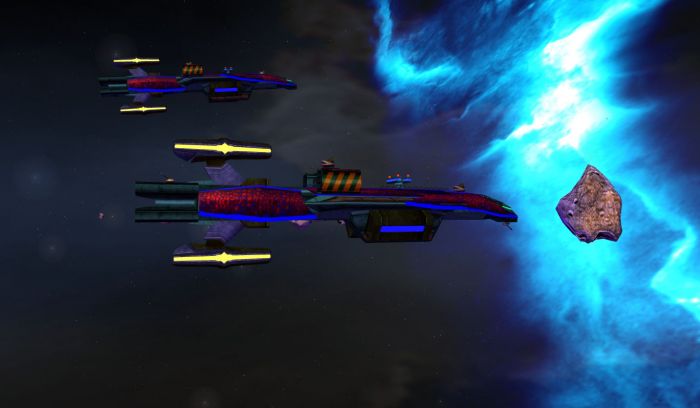
This being said, your weapon load out is going to be the most important thing you decide upon. Combat mode is where you'll battle it out with your enemy, and thus seek to conquer the galaxy. The battles are timed and take place on a 2.5D plane, the ships being able to manoeuvre up and down, but having no real benefit in doing other than avoiding obstacles. There is little command to be had in combat mode. You choose a manner by which your fleet will attack and they will follow suit, though you only have a choice of five options. They then search out your enemy and fire when in range. What ensues is nothing more than a jousting match in space. Both your ships and your enemies will fly past each other trying to get in range for their weapons, fire a couple of shots into the ether, stop, turn around and repeat.
Most success is had by equipping locking missiles, but there isn't much tactics beyond that. It is possible to select a target, but then this causes you to have to manually operate the weapons, and this can become wearisome when your ships designs or missions differ. It's also difficult to know how your ships are faring since there's no health bars, you just have to look at the damage done to the ships part - and when the camera is locked to a single ship even that isn't easy. Needless to say, combat mode is the worst aspect of the game, and unfortunately it seems to be the main focus of it.
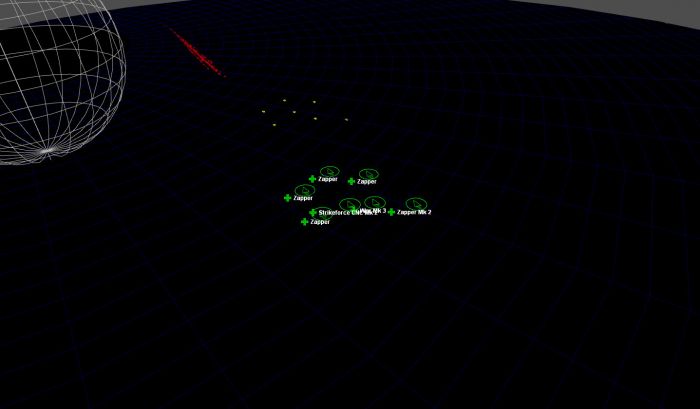
Being tasked with exploring a galaxy and eliminating your foes, this is an overwhelming game to play. With nothing really explained, and the only tutorials being a selection of videos by which someone explains what each button does, it isn't easy to get into. Kerberos wanted a game that was simple and intuitive, but they've only managed to make things worse. The game does have some good ideas, but regrettably lacks in their implementation.
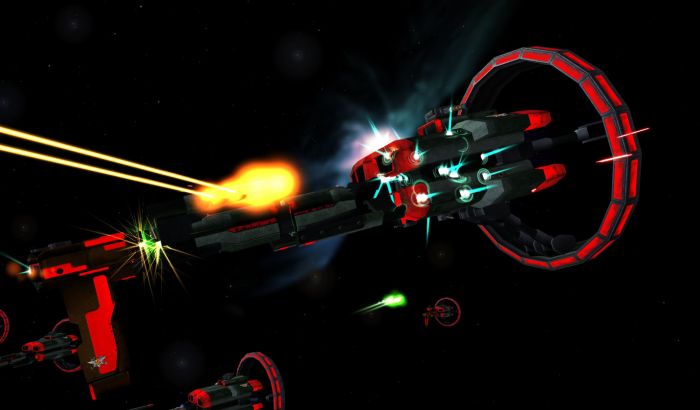
Sword of the Stars: Ultimate Collection (Reviewed on Windows)
Minor enjoyable interactions, but on the whole is underwhelming.
Space exploration has always been a hot topic for games, and that's unlikely to ever falter. Kerberos Productions have also looked to the stars for their empire building game, with a focus on exploring, expanding, exploiting and exterminating. In a way, this game checks out on all accounts, but unfortunately it fails to produce all the parts that make the genre so addicting.







COMMENTS
POBmaestro-1428097466 - 11:47pm, 3rd April 2015
There have been a fair few space strategy management games on the market recently, which means you can't afford to slip up and have many flaws which sadly this game has.
Silverlock-1428101253 - 11:47pm, 3rd April 2015
I gotta say as a reviewer you didn't play very far or understand the game very well. Impossibly hard to tell distances between planets? Shift click and drag will show you the distance between any two points. As for the route going all over the place, as you said Humans go via node drive, the computer was calculating the shortest route in time that was viable due to range considerations. Its one of the negatives of humans Node drives. Any of the other races would have gone straight there albeit possibly very slowly. As for the research screen why diss it because the camera is in the center? Show me a tech screen you do not have to drag somehow in order to view the whole thing and I will show you a game with an underdeveloped tech system. So what if its a camera in the center of a cylinder instead of hovering over a flat plane? You also forgot to mention its a semi-random tech tree meaning each game is unique, no pre-memorized tech climbing. Next you focus on the building structures on planets aspect as if that is the only way things are done. MOO 1 was an excellent 4x game and it had zero structure building. The sliders for the planet development that you say have minimal effect alter the way the planet develops and matter based on your terraforming techs and the how far from your best climate the planet is. You then criticize the ship building aspects without realizing or acknowledging that the reason the ships are limited to sections is that in tactical combat there are no health bars and the only way to identify the enemy ship classes is by knowing their shape like old school fighter jocks had to know the shapes of enemy fighters in WWII. Allowing too much customization would allow the hiding of command and control vessels in not easily recognizable ship configurations. The comment that weapons research upgrades weapons or adds a new mission shows you did not even realize the base version uses the newest weapons but they can easily be changed in the ship building screen. Also new weapons have better burst or sustained fire ratios or secondary side effects. The "thus negating the whole point of researching new weapons" line is particularly stupid. Try playing a game without upgrading your weapons and see how long you last. The comment about little command to be had in tactical battles is also incorrect as the game focuses primarily on tactical space combat. You can shoot off the enemy turrets, and each shot is simulated not a dice roll. You can accidentally hurt your own ship via ricochets. You can retreat damaged ships and reorder your reinforcements if you have a command ship with your fleet. You found it difficult to hit the tab key to cycle through your ships or to click on the one you wanted either in the fleet list or in space? All I can say is you clearly did not give this game more then say 50-80 turns of play, and probably did not read the manual either. It's a very good game for anyone who likes 4x games.